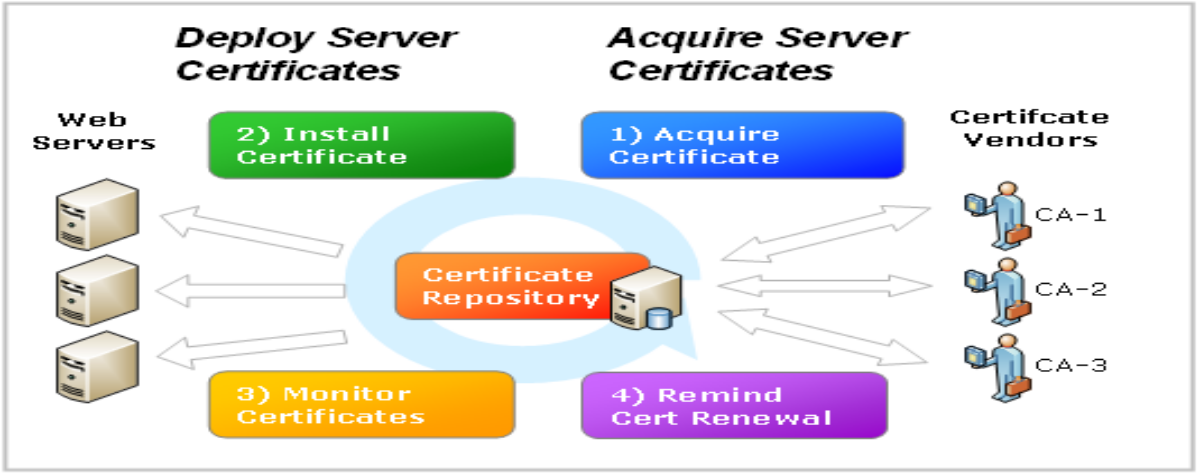As the names suggest, the fundamental difference between public IP and private IP is in the networks in which they are used. Before delving into these details, an IP address or Internet Protocol Address is a unique identifier assigned to each device on a network. This allows each device on the network to be uniquely identified. There are two categories of IP addresses called public IP addresses and private IP addresses. Public IPs, unique across the Internet, allow devices to be connected to the Internet. To manage uniqueness, their assignment is managed centrally within an organization. Private IP addresses are used in private networks not connected to the Internet or connected to the Internet via NAT. Here, the singularity within the private network is sufficient and therefore the same address range is used in different private networks isolated from each other. When IP version 4 is considered 10.0.0.0 to 10.255.255.255, 172.16.0.0 to 172.31.255.255 and 192.168.0.0 to 192.168.255.255 are reserved for private addresses, the rest being reserved for public IP addresses.
What is a public IP address?
A public IP address is globally unique on the Internet. Typically, certain ranges of IP addresses have been reserved for use by private networks. Any IP address that is not reserved for a private IP address can be used as a public IP address. An IP network must have a unique IP address for each of its devices. As the Internet is also an IP network, IP addresses must be properly managed to prevent multiple devices from using the same IP address. This management of IP addresses is carried out by the organization called the Internet Assignment Authority (IANA) where they assign IP ranges to different organizations. When these IP addresses are assigned, Internet routers must be configured so that Internet devices can access the IP. That is, any assigned public IP address is globally routable. Public address ranges exist for Internet Protocol version 4 and version 6 (IPv4 and IPv6). IP version 4 provides a large number of IP addresses, but the number of devices to which a public address has been assigned has grown so large that the IPv4 address scheme is proving inadequate. Therefore, IPv6, which can provide more IP addresses than IPv4, was introduced and is now in use.
What is a private IP address?
An organization can have devices that need to connect to other devices in the organization, but are not required to connect to the Internet. Thus, in such cases, the assignment of a unique IP address within the internal network is sufficient, but it is not necessary to assign a public IP address. Here, since the network is isolated, any range of IP addresses can in principle be used with the sole requirement that the private network IP addresses are unique. But if by any chance such a network is connected to the Internet without changing the IP addresses, then duplicate IP addresses will occur. Therefore, the standards have reserved special IP address ranges to be used for private addresses. In IP v4, three address ranges have been reserved for private IP addresses. They are,
• From 10.0.0.0 to 10.255.255.255
• from 172.16.0.0 to 172.31.255.255
• From 192.168.0.0 to 192.168.255.255
Suppose Company A uses the IP addresses 192.168.1.0 to 192.168.1.255 for its private network. Additionally, assume that Company B uses the same range for its private network. Since these two networks are not connected to the Internet, this is not a problem as the two networks are isolated. And also, it is important to clarify that today the technology called NAT (Network Address Translation) even allows the two networks above to be connected to the Internet while having the same IP addresses. In this case, Company A’s router receives a unique public IP address, and Company B’s router receives another unique public IP address. Then the routers will manage a NAT table that will correctly forward packets from the internal network to the Internet.
What is the difference between public IP and private IP?
• Public IP addresses are globally unique on the Internet. But private IP addresses are not connected to the internet and therefore different private devices on different networks can have the same IP address.
• Public IP addresses can be accessed / routed over the Internet. But private IP addresses cannot be accessed over the Internet. (But today, technology called NAT makes it possible to connect a range of private IP addresses to the Internet using a single public IP address).
• The IP addresses assigned to private IP addresses in IPv4 range from 10.0.0.0 to 10.255.255.255, from 172.16.0.0 to 172.31.255.255, and from 192.168.0.0 to 192.168.255.255. The rest can be used for public IP addresses.
• Public IP addresses are managed by the organization called IANA (Internet Assigned Numbers Authority). There is no such central management body for private IP addresses, where they are managed by the administrator of the private network.
• Public IPs after their assignment must be configured on Internet routers for routing to be correct. But private IPs are not configured on Internet routers but only on private routers.
• To get a public IP address, you have to pay money for registration, but for private IP addresses there is no cost.
• A computer’s private IP address can be viewed in Windows by launching the Network Adapter Details dialog box or by using the IP Config command at the command prompt. To see the public IP address, you have to go to the browser and use the web tool that displays the public IP address or just type “my ip” on google.
Summary:
Public IP vs Private IP
A public IP address is an IP address that is exposed and connected to the Internet. Therefore, a public IP address must be unique on the Internet. The management of public IP addresses is done by a central organization called IANA (Internet Assigned Numbers Authority). After this assignment, the Internet routers must be configured so that they can be routed. A public IP costs money to register. Private IP addresses are used in private networks, which are usually not connected to the Internet. (Nowadays, network address translation makes it possible to connect them to the Internet as well). Since private networks are somewhat isolated, the same IP addresses can be used in different networks and maintaining uniqueness within the network is sufficient. Private IP addresses can be used freely without any registration.













